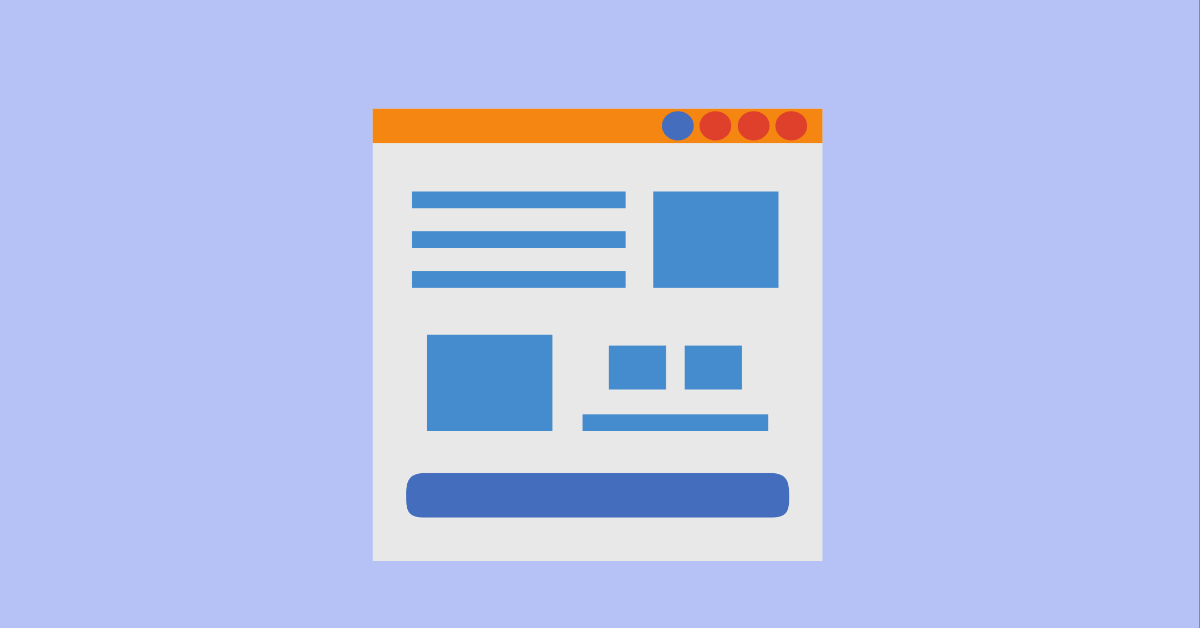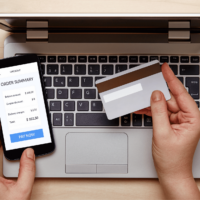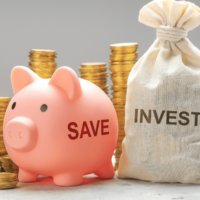What is Saas Business Model?
Most people’ asked me what is a saas business model? Saas stands for Software as a Service, and it’s one of the fastest-growing business models in the software industry today.
Whether you’re an established entrepreneur or just starting out on your own, learning how to create a SaaS business can be extremely valuable as you establish your career as an independent business owner.
In this article, we’ll discuss what SaaS really means, why you should consider using this business model, and how to get started with this exciting new opportunity!
Types of saas business models
there are two different business models in SaaS. The most common one (subscription-based) involves charging a user on a regular, predictable basis for access to your software.
Users can also sign up for a free plan, but then will be asked to upgrade if they want access to all features. The second type of SaaS model is pay per use, where customers pay only for how much of your service they use.
For example, Dropbox charges users on a tiered basis: you’ll pay more depending on how much storage space you need.
7 steps on how to start a saas business model
Following are some of those key steps:
1. Identify your competitors
2. Check on the usability of software
3. Perform a SWOT analysis
4. Prepare for technical costs
5. Have a detailed, written business plan
6. Obtain all necessary permits and licenses
7. Find customers and make sales
1. Identify your competitors
Before you launch a new saas business, it’s a good idea to identify your competitors, whether you intend to compete with them or not. Consider doing research on companies similar to yours and examining their products, services, offerings, and prices.
If possible, talk to other business owners about their experiences with these firms; learning what they liked or disliked about each of them can give you valuable insight into ways that you can improve your own strategy.
Once you’ve compiled a list of competitors and learned as much as possible about them—including how they are positioning themselves against each other—it’s time to develop your marketing strategy.
This will help make sure that your business sets itself apart from any potential rivals in terms of product quality, value for money, and customer service.
2. Check on the usability of your software as a service
If you’re offering software as a service (SaaS), usability is critical. If your application isn’t easy to use, customers won’t buy it and you won’t get repeat business.
To measure how your SaaS app performs from a usability standpoint, set up A/B testing that sends users down different paths within your application and monitors whether they complete particular goals (i.e., signing up for an account or making a purchase).
By watching which paths convert best, you can quickly optimize your application to enhance usability.
3. Perform a SWOT analysis
A SWOT analysis (Strengths, Weaknesses, Opportunities, and Threats) is a simple way to look at your business from a macro perspective. Do you have a good idea for an application that’s not being done already in that marketplace? It’s a strength.
Is there something about your target audience or technology platform that could limit its potential? It’s a weakness. How are people using similar applications and what new feature could they use or would they pay for if it was available? That’s an opportunity!
What are your competitors doing right now and what do you need to change about your product to stay competitive and unique? Those are threats.
4. Prepare for technical costs
For many startups, a SaaS business model makes sense. This means you can build your product once and sell it over and over again for a recurring fee. It’s more challenging to bootstrap a SaaS business, because you typically need technical support and infrastructure like servers.
But if your product serves businesses (rather than individual consumers), SaaS can be less risky than starting from scratch—you might even be able to find pre-built software that helps with e-commerce or accounting.
5. Have a detailed, written saas business plan
You’ll want to have a detailed, written SaaS business plan. The basic SaaS business model includes subscription revenue, with an additional layer of revenue coming from add-on products or services.
You need to figure out what those things are—and make sure you have your pricing strategy nailed down beforehand. Finally, you need to put together a marketing plan for pitching your solution and attracting customers.
6. Obtain all necessary permits and licenses
To start a SaaS business, you will need a legal entity in which to do business. You can begin by registering a DBA (Doing Business As) with your local city or county.
This usually involves filing some paperwork and paying a small fee. If you want to sell products or services, you will also need to register for an EIN (Employer Identification Number) with the IRS, so be sure to apply for that before launching your business! Note: The first two are optional depending on how you plan on running your business; however, they are crucial if you’re planning on having employees.
7. Find customers and make sales
In some ways, finding customers is even more important than having a good product or service to sell. This step can be difficult, but once you do find customers for your product or service, it’s easy. Your biggest job at customer acquisition will be putting together your sales funnel. A great sales funnel will make it easy for you to communicate with and educate potential clients—which in turn makes it easier to make a sale. Start by getting customer insights and use that information to create an irresistible offer.














